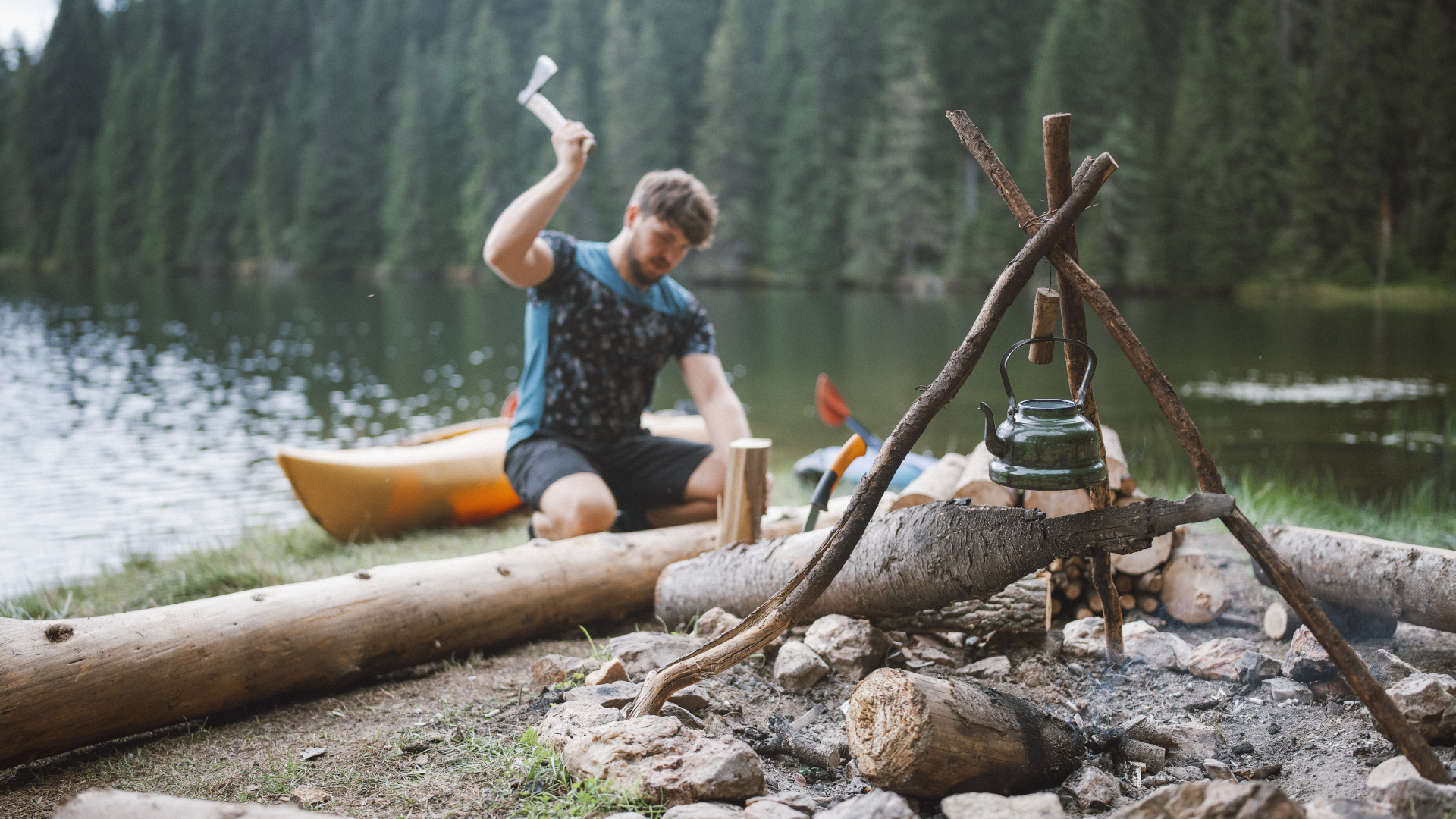
Do you need a camping axe? Is it possible to use one and still adhere to the leave no trace principles? How can you take nothing but photographs if you’re intending to swing an axe at some poor unassuming tree?
For many, carrying one of the best camping axes is all part and parcel of the quintessential backcountry experience. The ability to survive in the wild, to use natural resources to look after yourself, to get back to nature; these are all desirable experiences, right? But, Bear Grylls-style wilderness survival and conservation of the natural environment surely can’t exist together?
Well, let’s start by looking at what a camping axe is and consider their legitimate uses, before moving on to thinking about when you might actually need one.
What is a camping axe and what are its uses?
A camping axe is a tool designed for processing wood. There are broadly two varieties: the hatchet and the axe, though the two terms are often used interchangeably.
A lightweight hatchet is used for splitting small logs and creating kindling. It usually has a hammer for uses like bashing tent pegs into the ground. Often crafted from synthetics, they’re easy to carry, typically weigh less than 2lbs and usually have a handle of less than 15 inches long, designed for one-handed operation. At Advnture, we rate the Adler 1919 Rheinland Hatchet as the finest option.
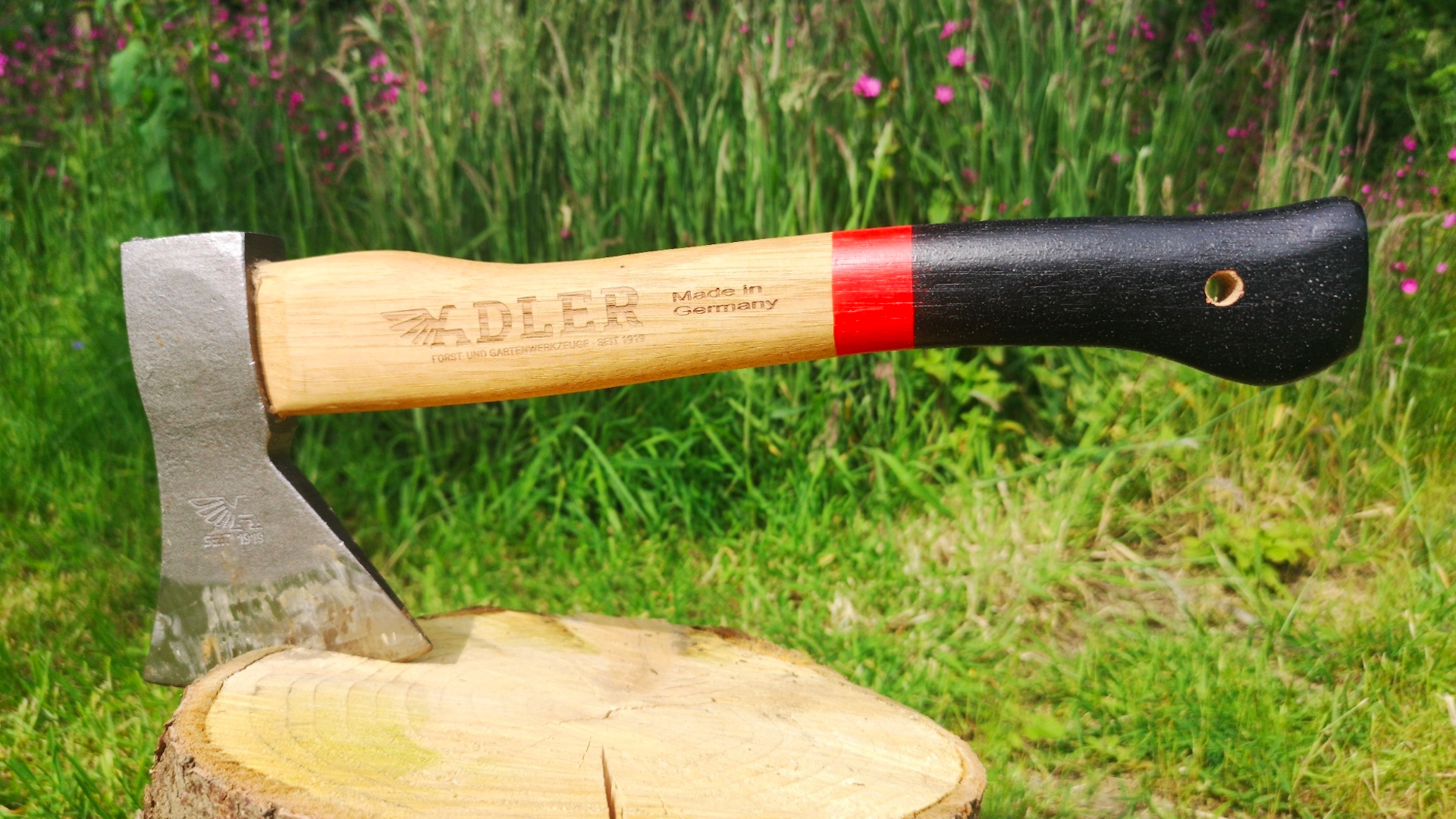
An axe is meatier beast, usually much larger and heavier than its hatchet sibling. Designed for two-handed use, they’re used to split big logs, while a felling axe is designed to cut across the grain, enabling the user to limb or sned branches and cut down trees. At Advnture our favorite camping axes are the Hults Bruk Akka / Hultafors Åby Forest Axe and the Gränsfors Bruk Small Forest Axe.
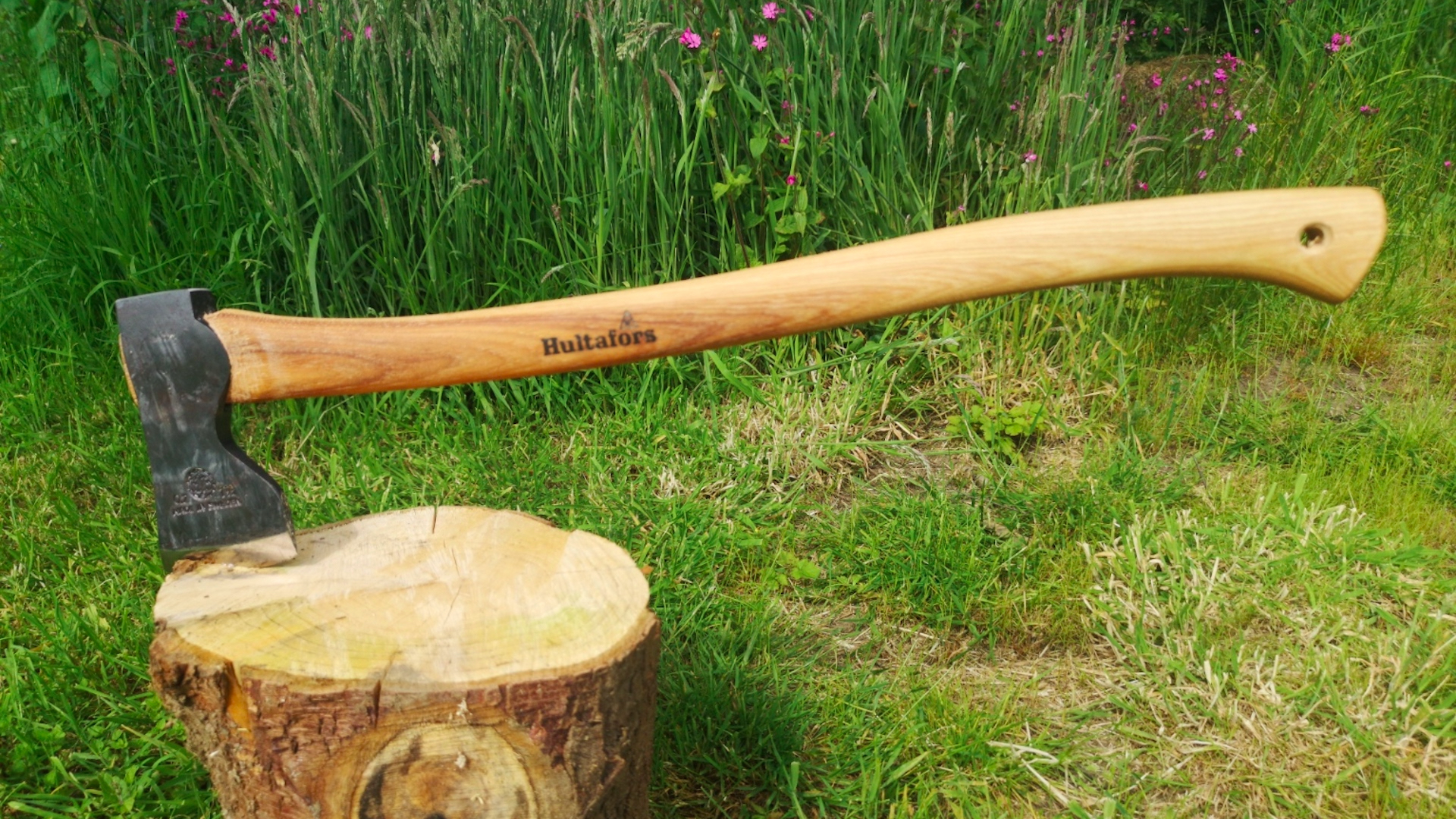
When you need a camping axe
A responsible use of your camping axe is for chopping native firewood that’s been provided by your campground or a local convenience store. You might need to create some smaller pieces of kindling for your camping singalong or chop pieces small enough to work with your wood-burning stove. So, a small hatchet-style camping axe is definitely useful for processing firewood that you’ve been provided. This is one situation when you do need a camping axe.
Sustainably managed bushcraft experiences also call for the use of a camping axe. Building your own shelter from logs and leaves is a wonderfully rewarding learning experience, particularly for kids. However, you shouldn't be heading off into the wild with the fam with the intention of maiming native trees so that your kids can create their own shelters for one night. Leave this to responsibly managed outdoor education providers.
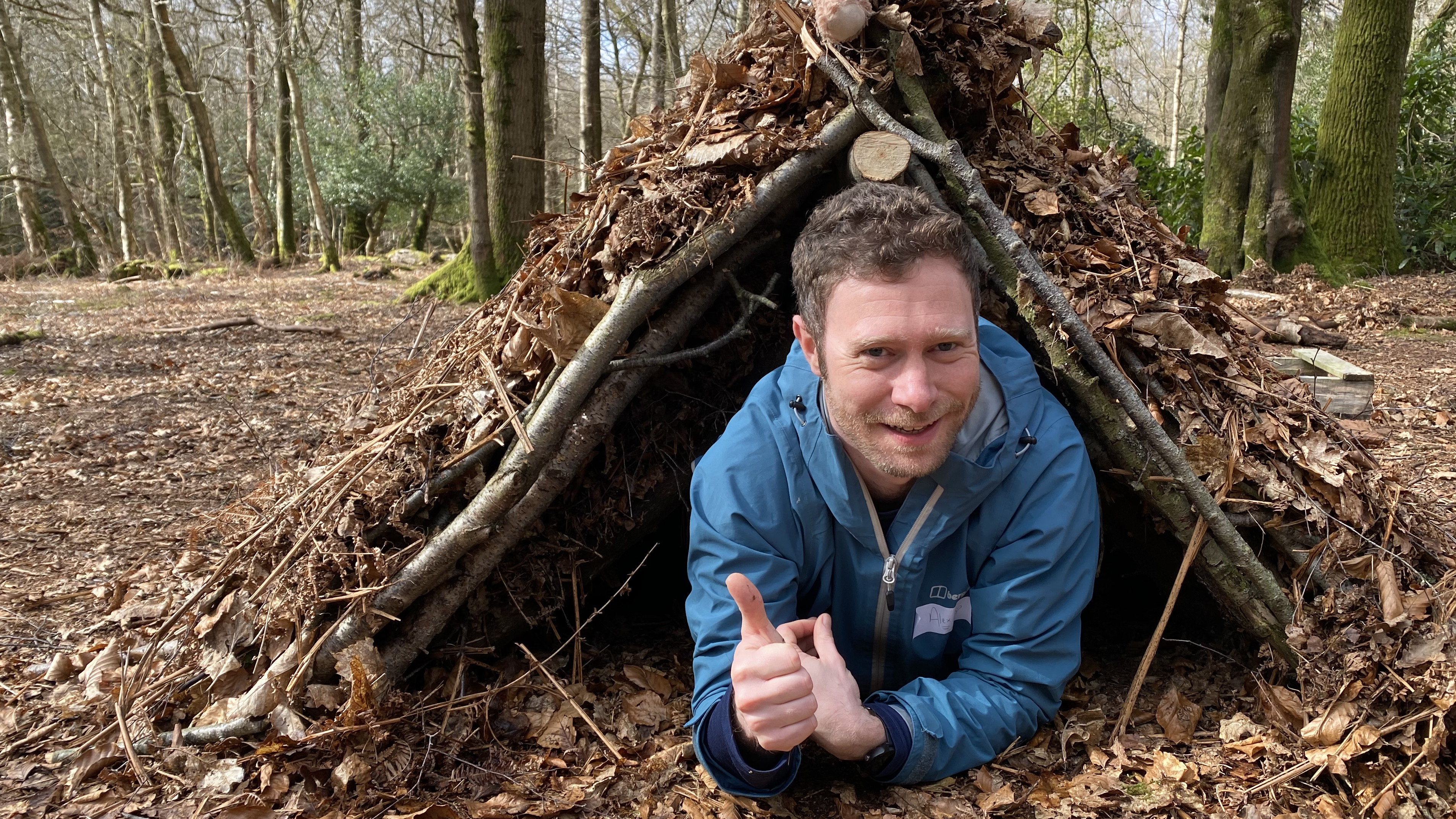
If you’re on a truly trailblazing wilderness expedition, a camping axe will enable you to clear fallen logs or branches or cut back tangled undergrowth that might otherwise stop you in your tracks. However, we’re definitely getting into dodgy ground where leave no trace is concerned here, so it should only be used if it's a necessity, not because you want to do your best Indiana Jones impression.
If you live in the wilderness and have a legitimate need to chop your own firewood for fuel, then, of course, you need an axe. Though I’d argue that, in this case, we’re not really talking about needing a "camping" axe, are we? We’re talking about needing an axe for living, not for vacations spent sleeping under a shelter made of fabric.
When you don’t need a camping axe
So, you’ve arrived at your camping spot, deep into the backcountry. If you’re car camping, you certainly shouldn’t be roaming around the limits of the campground looking for trees to fell and branches to lop off. For a start, it goes against the leave no trace principles and, besides, many campgrounds can provide you with a stash of firewood for your campfire.
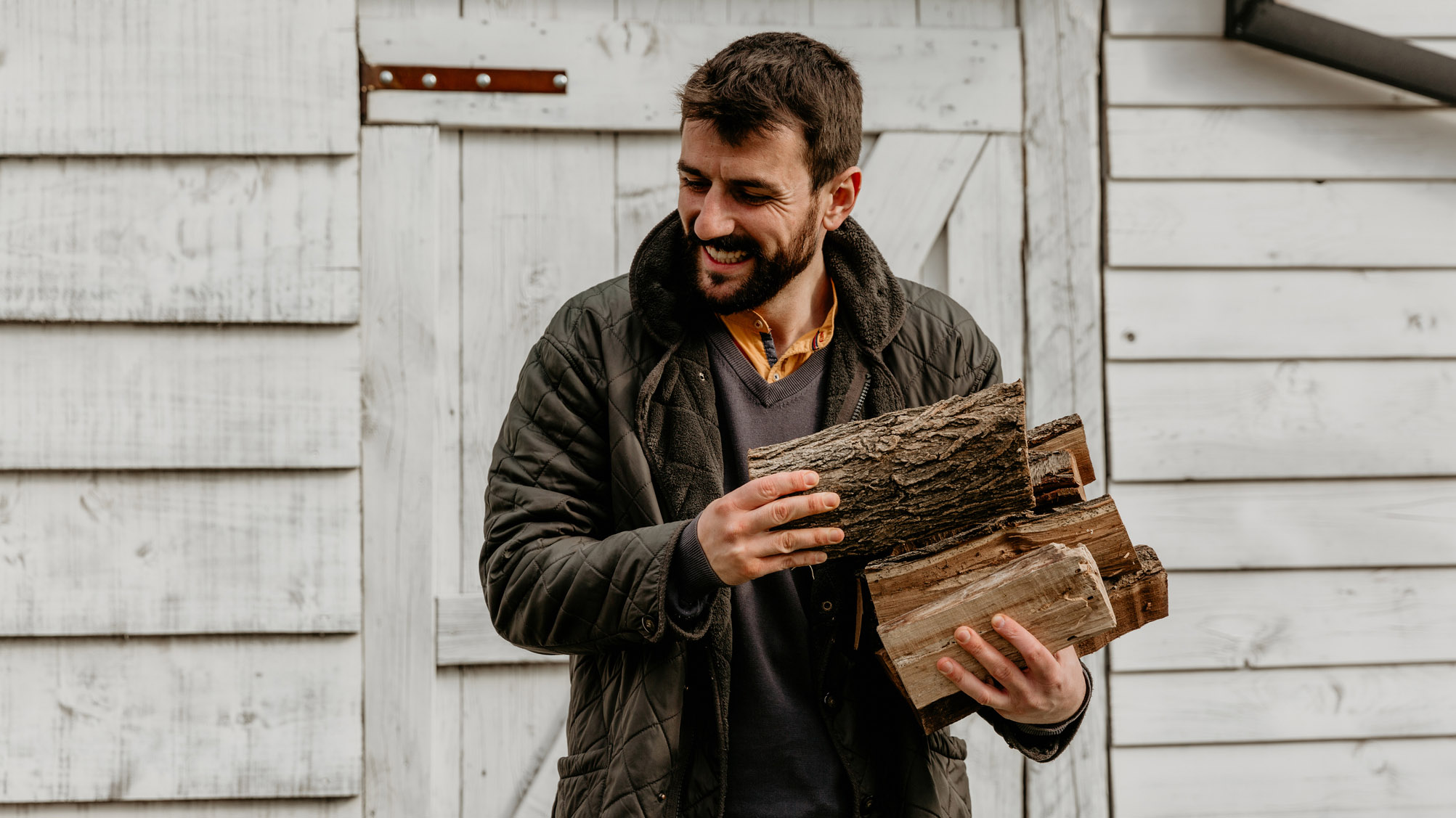
There’s also the fact that proper firewood requires several months of seasoning to burn properly. Freshly cut wood, or green wood, is high in water content and is virtually useless for a campfire. So, even if your campground is surrounded by hardwood forests of oak, birch, ash, or any other of the best trees for firewood, anything you manage to chop down would have way too much moisture in it to burn effectively. So, you don’t need an axe to source firewood on a camping vacation.
There’s an argument for the camping axe being an essential survival tool for wilderness expeditions. Okay, so you’re wild camping. You’re a survivor, out in the wilderness on your own and you need to eat. You’re also in dire need of the ability to purify water. You need a heat source. Well, first of all, I’ve got two words for you my friend: camping stove. Then, I’ve got three more to remind you of: Leave. No. Trace. There’s absolutely no need, in this day and age, to bring a camping axe on a wild camping expedition. But why all the fuss? Why is leaving no trace so important?
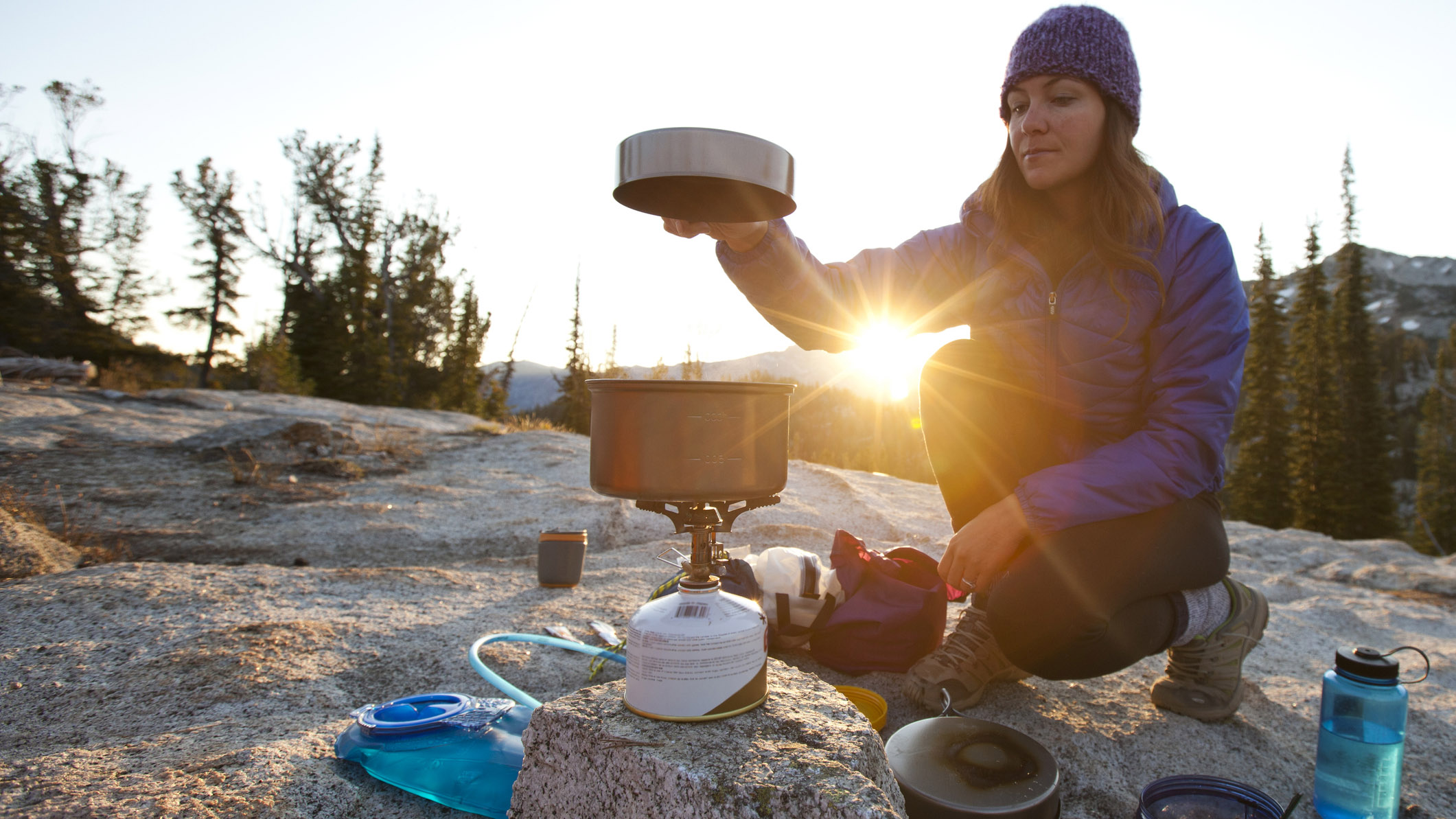
It should go without saying that there are sound ecological reasons behind the leave no trace movement. Damaging living trees does exactly that, it harms a living organism. Not only does it injure the tree, but it also harms the entire ecosystem that the tree supports. Think of it like removing a branch is wiping out an entire street, while taking down a tree is like destroying an entire city. Insects, birds, mammals, fungi, mosses, tree-dwelling lichens and other plants all suffer.
Even removing dead tree material, which is infinitely preferable to taking wood from a live tree, has its environmental consequences. Dead trees provide a habitat to a plethora of wildlife, while downed logs and branches provide shelter and are teeming with insects. Anyone who’s seen the Disney classic The Lion King will be familiar with the circle of life. Dead branches eventually decompose, replenishing the soil below. Pick it up for your fire, you’re simply burning that goodness away.
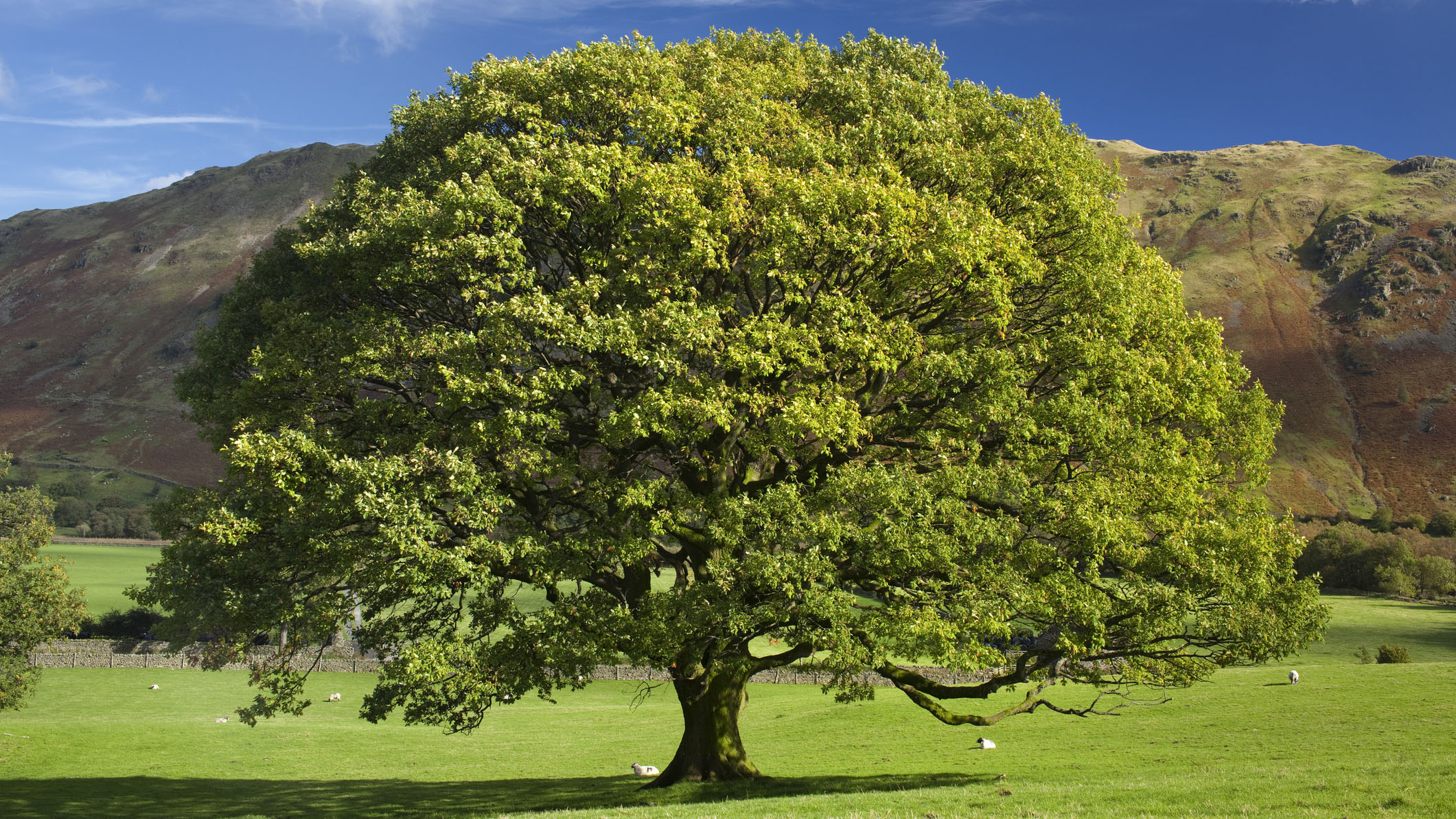
When all is said and done, it’s better for the outdoors to survive you, rather than you to survive the outdoors. Leaving no trace means that, most of the time, it’s much better to leave your camping axe at home.
Verdict
Do you need a camping axe? If you’re camping, by all means, bring a lightweight hatchet along to process the firewood you’re provided with. However, I’d argue that, for recreational use, there are very few times when you really, really need a camping axe. In many scenarios a quality camping knife or one of the best multitools would be preferable. You might want one, of course, but want and need are two entirely different things. What the planet so desperately needs is for humans to stop cutting down its trees.
Of course, if you’re employed to work on the land, you may well have need of a camping axe in order to clear trails and make sure recreation areas are safe. My advice to everyone else is, leave it to the pros.







